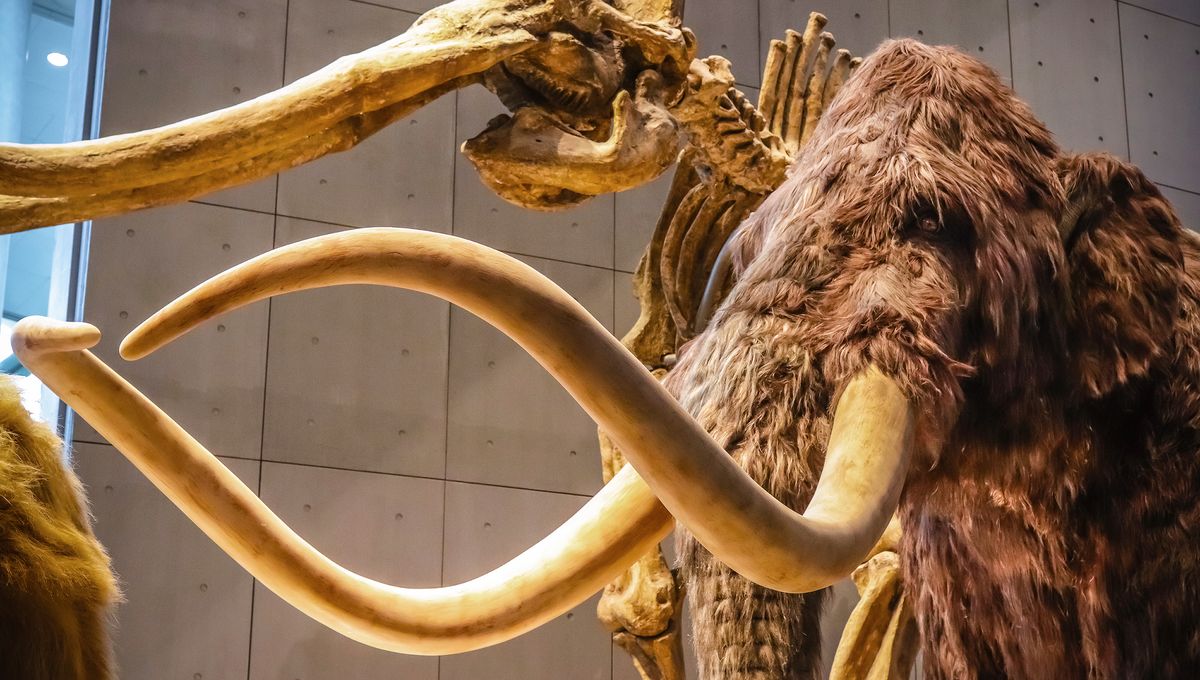
The world’s oldest modified mammoth ivory pieces may have been used by children to mimic the tools of their parents, or possibly as teaching aids to help them produce utensils of their own. Discovered at the site of Medzhibozh A in western Ukraine, the extraordinary items were excavated from a layer of rock dated to 400,000 years ago, long before modern humans had reached Eurasia.
“The discovery was indeed unexpected. We had never seen or heard of ivory artefacts from the Lower Palaeolithic,” explained study author Vadim Stepanchuk in an email to IFLScience. “The surprise came not only from the use of ivory, but also from the highly unusual nature of the artefacts themselves. They are extremely small and closely resemble stone artefacts,” he adds.
Lasting from about 2.6 million to 200,000 years ago, the Lower Palaeolithic – or Early Stone Age – saw the emergence of stone and bone tool production among ancient hominid species. However, ivory artifacts don’t appear in the archaeological record until the start of the Upper Palaeolithic some 50,000 years ago, when new techniques for drilling, cutting, and splitting this softer, more pliable material were developed.
Yet at Medzhibozh A, Stepanchuk and his colleague Oleksandr Naumenko came across 24 small fragments of mammoth ivory alongside other artifacts made of flint and quartz. Detailed morphological analyses of these items revealed that 11 of the ivory pieces had been deliberately worked by ancient humans, with three of these having been manipulated using a hammerstone and anvil in the same way that stone tools are knapped into shape – thus confirming their status as the world’s oldest known intentionally-modified ivory objects.
However, Stepanchuk explains that “these fragments are extremely small, and ivory of this size and texture does not produce a durable working edge – certainly not compared to stone.” Indeed, as the study authors point out in their write-up, ivory typically measures between two and four hardness units on the Mohs scale, while flint and quartz rate at seven to eight units.
This makes ivory a poor choice of material for functional tools, leaving the researchers to speculate as to the purpose of these staggeringly old relics. “One line of reasoning is technological,” says Stepanchuk. “The site is located in an area with limited access to quality stone resources, and the inhabitants may have experimented with various types of rocks – and rock-like materials – for knapping. Ivory could have been one such material, tested for its suitability.”
However, given the unsuitability of these items as tools, Stepanchuk says it’s also possible that “the pieces were not intended for strictly utilitarian purposes.” Instead, he suggests that “these objects may reflect imitative or play behavior – perhaps by children – replicating the actions of adult knappers.”
Alternatively, the authors write that the ivory pieces could be the results of educational activities, as older members of a prehistoric community taught youngsters the basics of stone knapping using ivory as a practice material.
While the pieces are far too old to have been made by Homo sapiens, it’s still unclear exactly which species of archaic human was responsible for their production. Whoever fashioned the ivory objects, though, Stepanchuk says that their discovery “suggests an additional dimension to the behavioral repertoire of early hominins.”
“It hints that even at this early stage, hominins may have engaged in what might be described as imitative or socially motivated activities,” he says.
The study is published in the International Journal of Osteoarchaeology.
Source Link: 400,000-Year-Old Mammoth Ivory Artifacts May Have Been Kids’ Toys